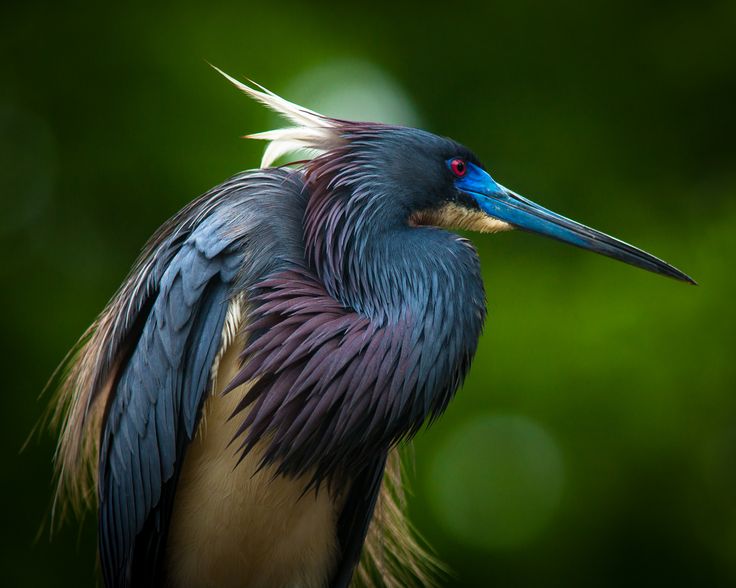Animals being the silent victims of unwise human activities express how much they have suffered, after passing a few generations. Altered behaviours and chemical composition in birds, the colorful attractants make the humans understand about the severeness of their destructive actions.
Over-usage, lack of awareness, incorrect disposable methods have caused the contamination of natural water ways with toxic substances. Heavy metals account for a majority among these toxins. Both urban and rural waterways are readily contaminated with many toxins added, along with fertilizers, herbicides, pesticides and industrial effluents. Once these effluents get added along with the diet, they get accumulated and are excreted in negligible amounts. This is because these toxins have low rate of biological degradation. When moving up in trophic levels, the level of toxins in individuals increases, due to bio-accumulation and bio-magnification. This exert a high pressure on the topmost carnivores; predatory fish and birds who reside in higher trophic levels.
Though traces of heavy metals and other toxins are there in waterways, content in predators is significantly higher, which enable to use them in determination of contaminated levels in water.
Many birds stay around the top of the food chains and are highly affected from poisoning with heavy-metals and similar chemicals. Being victims, they lay thin-shelled eggs and depict altered behavioral patterns. Same as mammals, birds store toxic substances in internal organs, bones and tissues. They excrete these toxins in an endogenous and exogenous manner, during feather formation, preening and in egg shell formation. Internal organs or tissues could not be used in experimental purposes. But feathers and eggshells are accessible.
Feathers of adults represent the summation of current and past exposure whereas feathers of fledglings represent only the current exposure. As they feed on fish in the vicinity of the heronry, level of toxin accumulation in their feathers are supposed to correlate with the toxicity in the associated water source.
During feather formation, toxic chemicals absorbed in the digestion process are circulated via blood and deposited in feathers, which they could shred-off during molting. During preening, they deposit these toxins in uropygial secretions on feathers. Deposition of these chemicals in eggs result in thinning of eggshells.
Sample analysis on toxicological experiments are done with spectroscopic methods and Inductively coupled plasma mass spectroscopy. Atomic absorption spectroscopy and X-ray absorption spectroscopy are two common spectroscopic methods used. Use of bird feathers in toxicology, as a bio-monitoring tool is a non-destructive method in which samples could be used from live birds with no damage to them, with much ease. Cormorants, egrets, eagles and hawks are used in toxicological experiments as they depend on fish either from the fresh water sources or the sea.
This concludes that feathers are not just fancy items as now they are used as a bio-monitoring tool. Studying them will create a better day for them.
Reference:
R L Jayaratne, I C Perera, D K Weerakoon, S W Kotagama (2016). Investigation of Little Egret (Egretta garzetta) Feathers as a Bio Monitoring Tool for Heavy Metal Pollution in Sri Lanka.
Image Courtesy:
https://goo.gl/wH2yJE
https://goo.gl/JeSSYi


